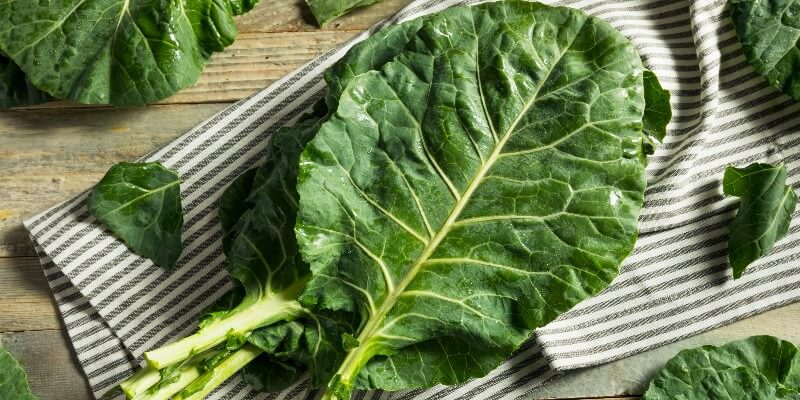by Melissa Chichester
Vitamin K is a group of vitamins responsible for activating proteins in the body that are involved in normal blood clotting and bone health.* While Vitamin K deficiency is rare in adults, some populations are more at risk, including newborns and individuals taking antibiotics that interfere with absorption. The Vitamin K group is comprised of two main types: K1 and K2. While they are in the same group, these compounds are not found in the same food groups and are processed differently by the body.
Henrik Dam, a Danish scientist, discovered Vitamin K in 1929 while researching cholesterol in the diet. This study was conducted on chickens and the results were published in a German journal, which cited the compound “koagulationsvitamin.” Along with Dam’s discoveries, American biochemist Edward Adelbert Doisy researched the chemical structure of Vitamin K. This research led to both Doisy and Dam winning the Nobel Prize in 1943 for their discoveries.

Most food sources of Vitamin K consumed by humans is in the form of Vitamin K1, also known as “phylloquinone.” K1 is found in leafy greens like spinach, kale, and collard greens, and vegetables including broccoli, cabbage, and Brussel sprouts. Blueberries and pine nuts are also sources of Vitamin K1. Vitamin K1 is used by the body to help support normal blood clotting but is not as easily absorbed by the body as Vitamin K2.*
Most Vitamin K supplements come in the form of Vitamin K2.
Researchers believe the body may absorb K2 better than Vitamin K1, and that it might stay in the body longer.
Vitamin K2 is also found in several food sources, but the types of foods are very different. Vitamin K2 is very abundant in natto, a traditional Japanese food made with fermented soybeans. Natto has a slimy texture and strong smell that some say results in a bitter taste; many feel it is an acquired taste! Luckily, there are other sources of Vitamin K2 including egg yolks, beef liver, cheese curds, and dark meat chicken.
Thanks to modern technology and research we are able to learn more about Vitamin K and its uses daily. Here are some other ways Vitamin K is being used and what we may learn about in the future: